Despite offering far-flung thrills for tourists, South Africa has been a relatively unexplored destination over the years.
The country on the southernmost tip of Africa exhibits a myriad of wonders ranging from natural adventure to cultural heritage. Across its beaches, vineyards, plazas and savannas, one can find “city lights and star-studded nights, exquisite cuisines and world-renowned wines,” and hear “the roar of lions and whisper of grasslands,” according to the country’s tourism board.
Tourism is one of six selected drivers of the national economy along with manufacturing, mining, finance, communications and retail. In an effort to appeal to globetrotters and provide the latest information, a delegation of South African tourism officials and representatives visited Korea last week.
The country on the southernmost tip of Africa exhibits a myriad of wonders ranging from natural adventure to cultural heritage. Across its beaches, vineyards, plazas and savannas, one can find “city lights and star-studded nights, exquisite cuisines and world-renowned wines,” and hear “the roar of lions and whisper of grasslands,” according to the country’s tourism board.
Tourism is one of six selected drivers of the national economy along with manufacturing, mining, finance, communications and retail. In an effort to appeal to globetrotters and provide the latest information, a delegation of South African tourism officials and representatives visited Korea last week.
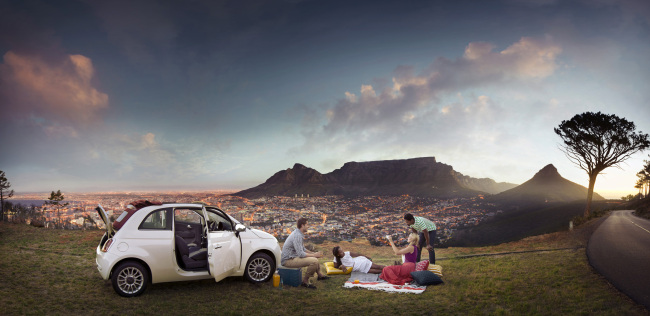
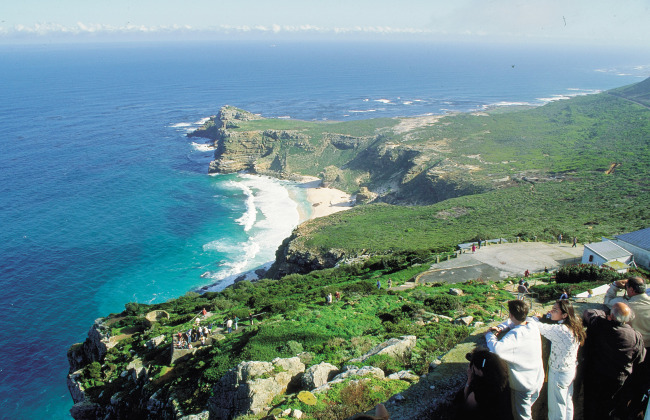

“We have a whole range of offerings that are truly unique,” South African Tourism Deputy Minister Tokozile Xasa told The Korea Herald on July 4. “We are a world in one country. For every 15 minutes on the road, the natural habitat changes.”
Housing vast savannah plains and mountains that reach toward the sky, South Africa is full of dense bushes, swamplands, rivers and valleys home to sundry wildlife.
The nation has 2,800 kilometers of coastline, including pristine blue-flag beaches where people can enjoy ocean safari, fly fishing, windsurfing, water skiing, cave diving, yachting, cruises and aquaculture.
In order to capitalize on the ocean’s wealth, the government has harmonized tourism, the environment, water management, agriculture, science and technology in an initiative known as “Operation Phakisa.”
In safaris, travelers can see up close the “big five” of African animals -- elephants, rhinos, buffalos, leopards and lions -- as well as the great white sharks and southern right whales in the ocean.
“You can ride the boat right near the whales with their cubs, or dive into the sea inside a cage to see sharks and take pictures,” she said.
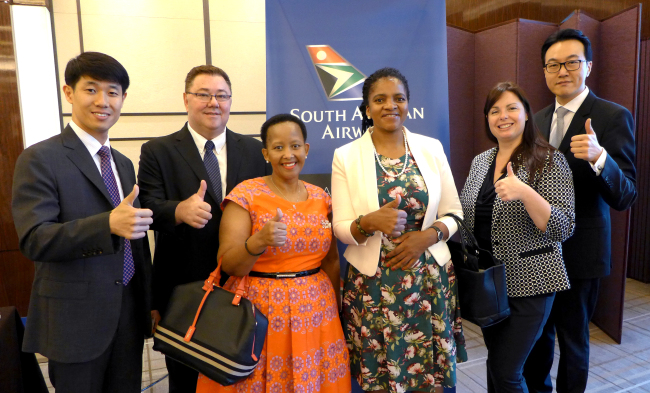

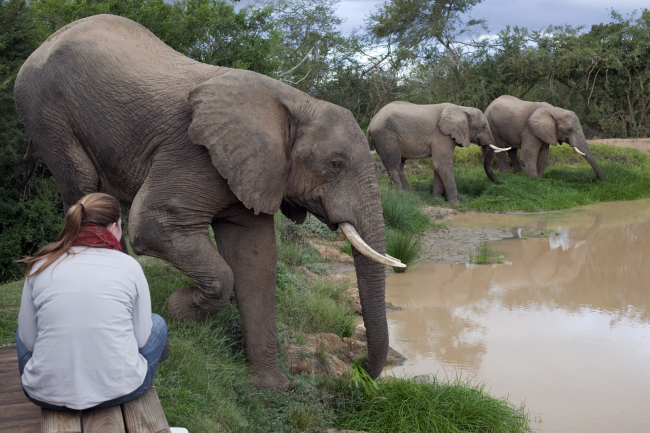
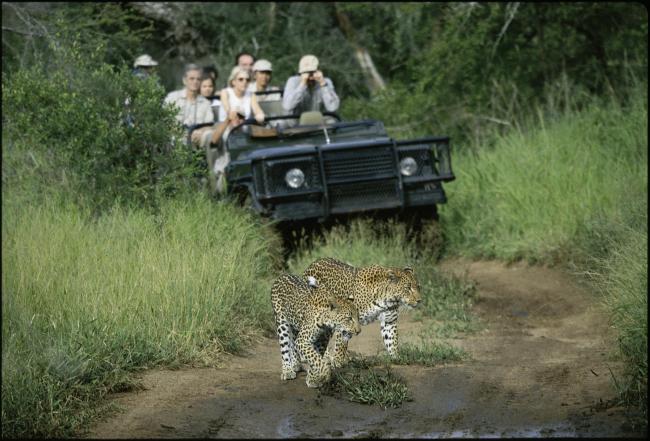
South Africa is the 25th largest country in the world by land mass. It has 53 million people, who make up a multiethnic society of various cultures, languages and religions. There are 12 official languages, two of which have European origins: Afrikaans developed from the Dutch colonial era and English from the British.
Across nine provinces, travelers can participate in historical tours, such as on Robben Island where late president Nelson Mandela (1918-2013) spent 27 years of his life in jail, and the Cradle of Humankind in Gauteng province where the 2.3 million-year-old fossil Australopithecus Africanus was discovered in 1947.
“Each province presents its piece of unique cultural heritage,” the minister highlighted, adding that the country as a whole embraces cultural diversity and interaction among ethnic communities.
Gauteng, which means the “place of gold,” is the smallest province in South Africa by land mass but highly urbanized with 13.2 million people. Home to the largest city Johannesburg, administrative capital Pretoria and other industrial towns, it is an eclectic, cosmopolitan hub where “diverse cultures can stand and live together,” according to Xasa.
In Newton, Johannesburg, visitors can immerse in the exotic vibes of jazz, drama, dance, art, gastronomy and festivity, which gave birth to the Hollywood hit “Lion King.” They can also stroll through the bustling markets that teem with arts, crafts, aromas and tastes.
Noting travel products are developed around these cultures, the minister said that provinces and communities are increasingly engaging with one another, particularly among the younger generation.
The government creates opportunities for employment, entrepreneurship and education through tourism, she added.
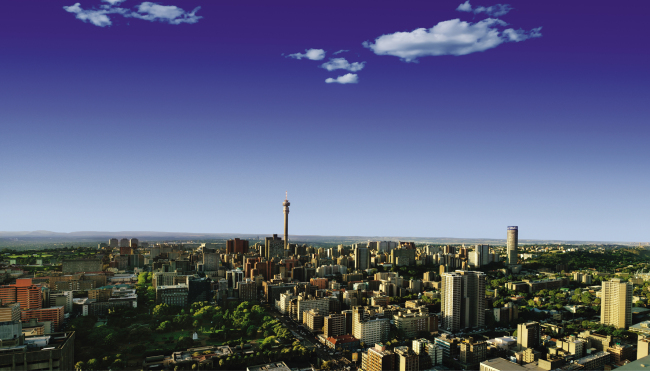
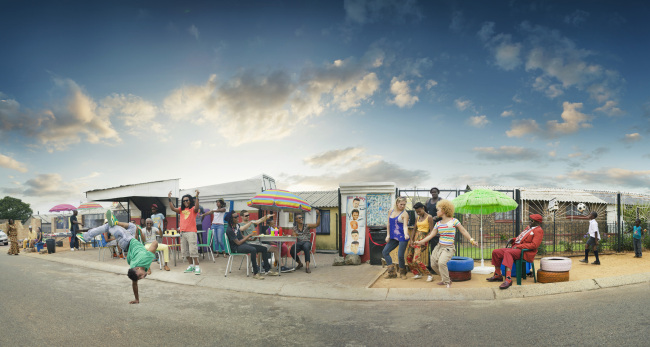
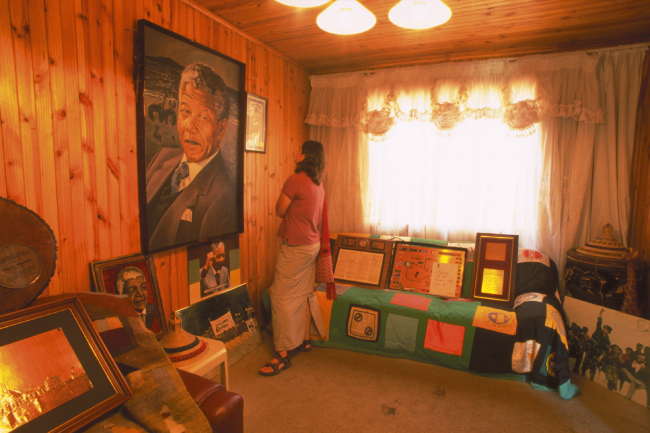
Bradley Brouwer, the president of the Asia-Pacific region at the South African Tourism, said last year was challenging in terms of attracting tourists due to the Ebola outbreak, as people mistook South Africa for a country where an epidemic had struck.
“There was not a single case of Ebola in South Africa,” he emphasized, adding that the government took many precautionary measures to ward off the disease. Since last November, tourists started coming back in larger numbers, with the industry seeing double-digit growth every month, according to Brouwer.
“We are not just a honeymoon market,” he underscored. “We are trying to diversify what we can offer, particularly for young and independent travelers. People are a lot more relaxed about touring individually in South Africa.”
Referring to the democratic national election on April 27, 1994, which marked the first time citizens of all races voted and made Nelson Mandela the first black president, Brouwer said, “After a heavy rain of apartheid, the rainbow came out and we became a ‘Rainbow Nation’ as we are called today. The election brought together everyone who was segregated before and they became jelled.”
He mentioned that different pockets of communities still preserve their cultural legacies and languages, and explained that visitors are “amazed” by the integrated and diverse social fabric.
“South Africa is the next stop for Koreans,” he asserted. “There is a perception that we are inaccessible and faraway, but we have modern transport and efficient infrastructure including high-speed trains. People can stay at two or three-star hotels for high-quality accommodations.”
South African Ambassador Nozuko Gloria Bam said a growing number of Korean students are visiting her country for travel and study at universities. To assist Operation Phakisa, the embassy is discussing and negotiating with relevant departments and universities over the training of marine specialists, Bam added.
By Joel Lee (joel@heraldcorp.com)
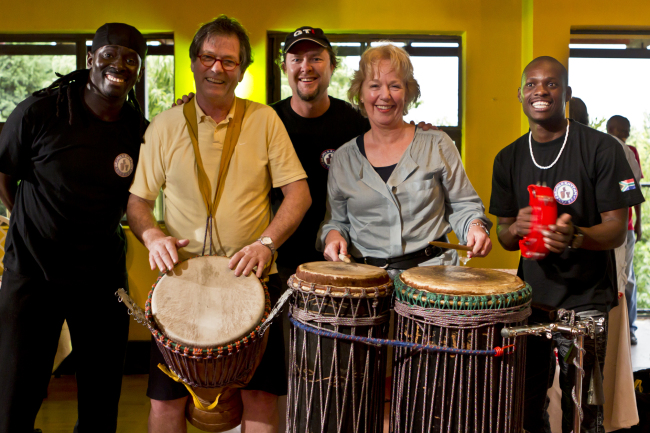
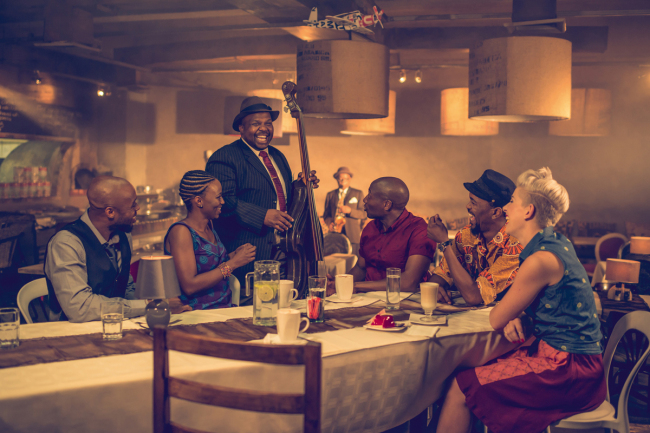
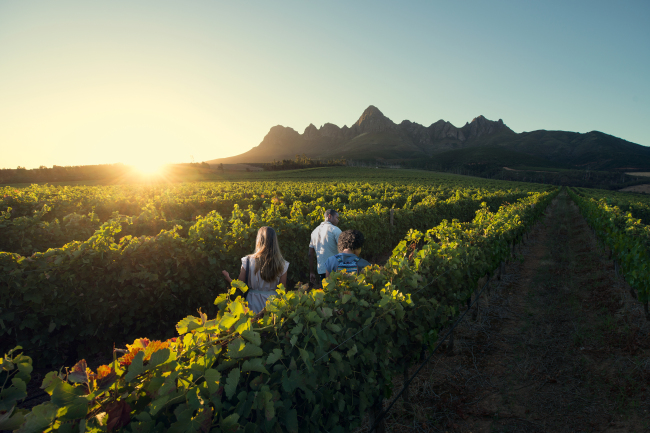
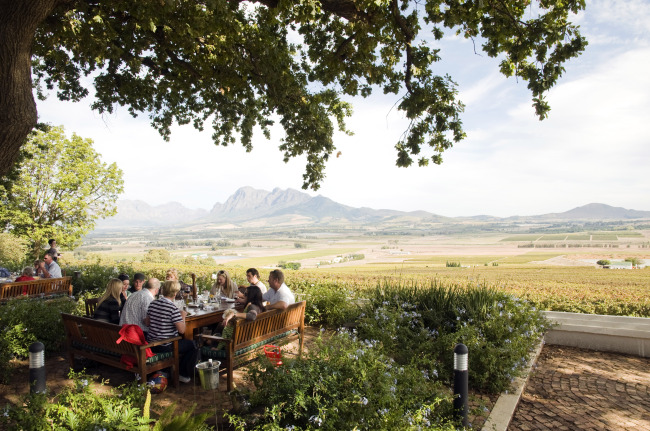
-
Articles by Korea Herald



![[Herald Interview] 'Amid aging population, Korea to invite more young professionals from overseas'](http://res.heraldm.com/phpwas/restmb_idxmake.php?idx=644&simg=/content/image/2024/04/24/20240424050844_0.jpg&u=20240424200058)















![[Today’s K-pop] Kep1er to disband after 2 1/2 years: report](http://res.heraldm.com/phpwas/restmb_idxmake.php?idx=642&simg=/content/image/2024/04/25/20240425050792_0.jpg&u=)